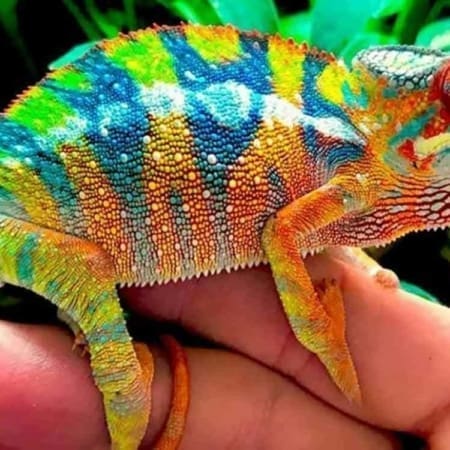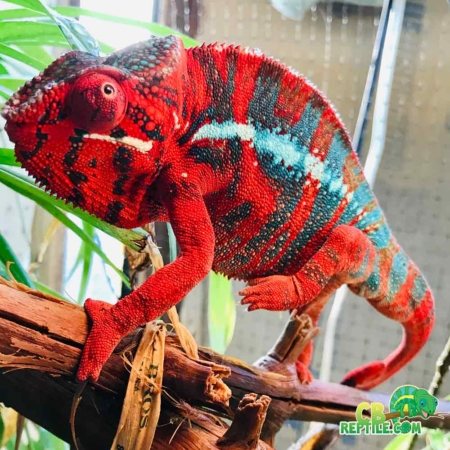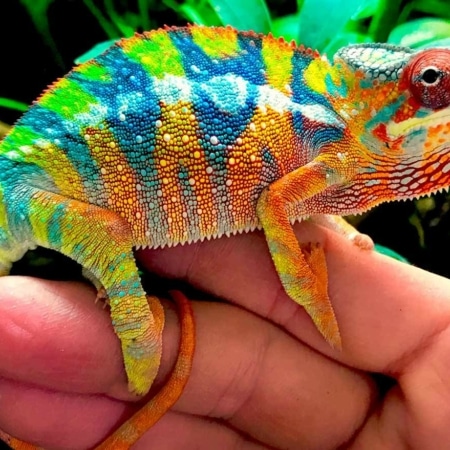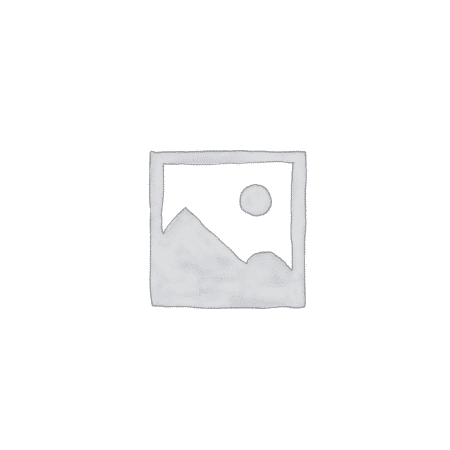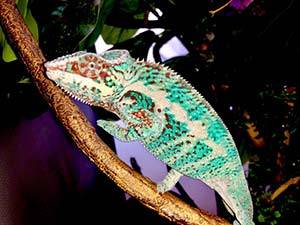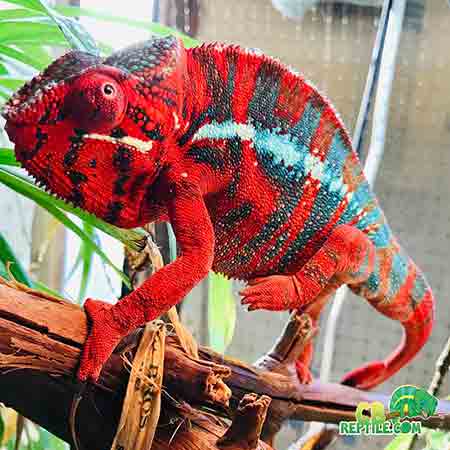Ambilobe Panther Chameleon Color Genetics & Line Breeding
Ambilobe panther chameleons are famous for their extreme color variation. From clean blue bar animals over yellow bodies to deep red bar “rainbow” Ambilobes, the range of possibilities within this locale is staggering. Behind every stunning male photo, however, lies careful genetic planning and line breeding that stretches back through multiple generations.
Understanding the basics of Ambilobe color genetics helps keepers choose future breeders wisely, interpret lineage descriptions, and appreciate the work that goes into a truly elite bloodline. Even if you never plan to breed chameleons yourself, knowing how color traits are inherited will make you a more informed buyer when you browse Ambilobe listings from the best panther chameleon breeder.

What “Locale Pure” Ambilobe Really Means
When breeders describe an animal as “locale pure Ambilobe,” they mean that every ancestor in that chameleon’s recorded lineage also comes from the Ambilobe region or from Ambilobe-imported stock. No other panther chameleon locale has been intentionally mixed into the line. Maintaining locale purity allows hobbyists to preserve the distinctive visual identity of Ambilobe animals over time.
Once a cross-locale pairing is made (for example, Ambilobe x Nosy Be), that line is no longer considered pure Ambilobe, even if later generations strongly resemble Ambilobe animals. Ethical breeders label cross-locale animals honestly to avoid confusion for future keepers.
Red Bar vs Blue Bar Ambilobe Genetics
One of the most talked-about features of Ambilobe panther chameleons is the color of their vertical bars. While both red bar and blue bar animals can come from the same bloodlines, selective breeding over many generations can stabilize one trait or the other.
In practice, breeders observe which males and females consistently produce offspring with certain bar colors and use that information to build so-called “red bar lines” or “blue bar lines.” There is no single “red bar gene” or “blue bar gene” identified in a simple, textbook way; instead, multiple interacting traits come together to create the visual effect we label as red or blue bar Ambilobe.
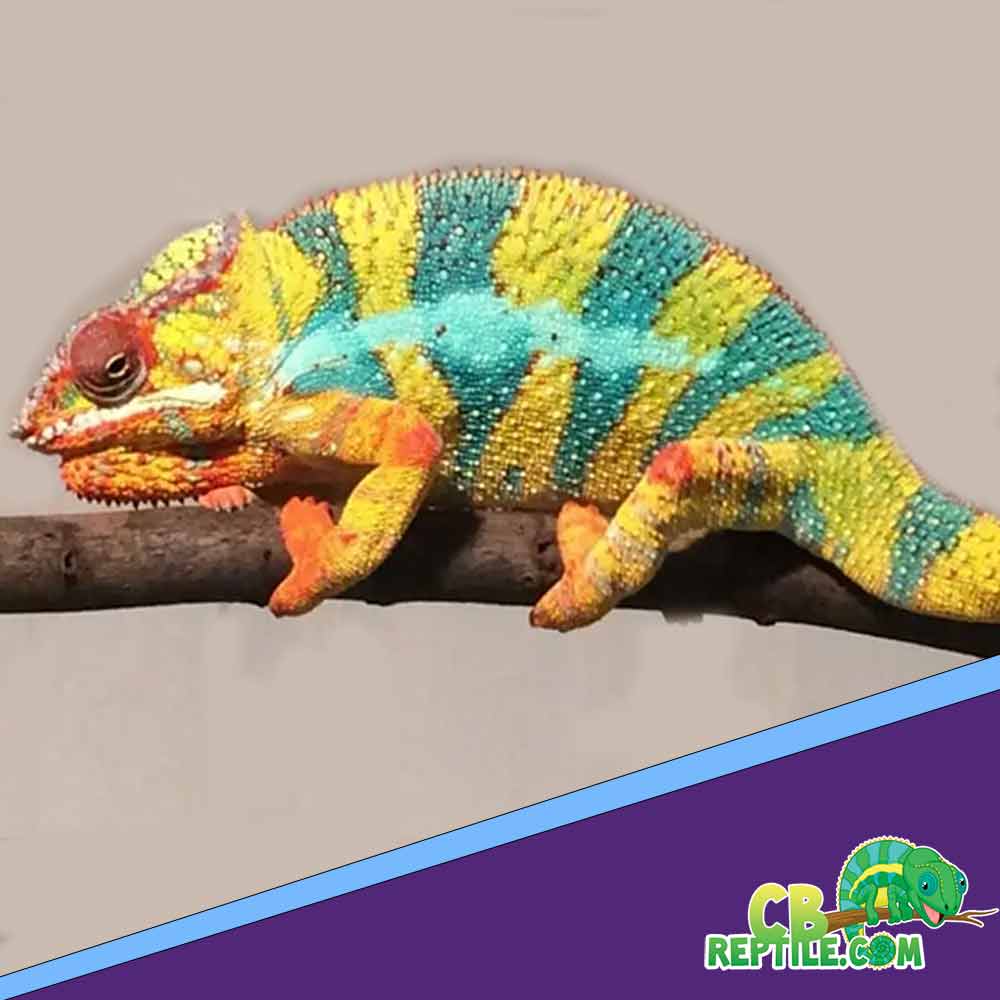
Body Color, Background Tone & Cleanliness
Beyond bar color, breeders also evaluate background tones, color transitions, and “cleanliness” of the pattern. Some Ambilobes feature smooth color blocks with minimal speckling, while others display complex mosaics of color and pattern.
Common background color traits include:
- High yellow body: Strong yellow or gold across the flanks and casque.
- Green base with warm overtones: Classic Ambilobe look with layered greens and oranges.
- Orange or red body wash: High saturation animals with intense reds bleeding into the background.
Breeders selectively pair animals that share desirable traits to stack those characteristics in the next generation. Over time, entire lines can be known for producing a specific “look.”
Line Breeding vs Inbreeding
Good breeding programs walk a careful line between consolidating traits and maintaining genetic diversity. Line breeding means intentionally pairing related animals within a controlled framework to stabilize positive traits. Inbreeding, on the other hand, is uncontrolled or excessive pairing of close relatives that increases the risk of deformities, weak immune systems, and reduced vigor.
Responsible Ambilobe breeders avoid repeated close pairings (such as parent–offspring or sibling-to-sibling matings) and regularly bring in new, unrelated bloodlines to strengthen the gene pool. When you purchase from a facility that specializes in panther chameleons and keeps detailed records, you benefit from years of calculated genetic planning.

Ambilobe Females & Hidden Color Potential
Female Ambilobe panther chameleons are generally less colorful than males, but their genetic contributions are no less important. While females often appear primarily tan, peach, or light green with subtle highlights, they carry the same complex color traits that determine male offspring appearance.
Serious breeders evaluate female lineage just as carefully as male lineage. A “plain” female visually can still produce incredibly vibrant sons if she comes from a strong red bar or blue bar line. This is one of the reasons that choosing Ambilobes from a dedicated panther chameleon facility is so valuable: you gain access to lineage information that most casual sellers cannot provide.
Why Lineage Photos Matter When Buying Ambilobe
One of the most useful tools a modern Ambilobe buyer has is access to photos of the parents and, in some cases, grandparents of a baby chameleon. These images give you a strong visual hint about what your chameleon may look like as an adult. While no breeder can guarantee exact colors, well-documented lines are remarkably predictable overall.
When you browse a curated selection of chameleon for sale from a specialized panther chameleon breeder, take time to compare sire and dam photos for each Ambilobe baby you consider. This is especially helpful if you have a strong preference for red bars, blue bars, or a particular background tone.
Health Considerations in Ambilobe Breeding
Color is important, but health always comes first. A flashy Ambilobe with compromised genetics is not a good investment for the future of the line or for individual keepers. Ethical breeders prioritize:
- Strong bone structure and proper growth
- Clear eyes, straight limbs, and full tails
- Normal activity levels and feeding response
- Absence of congenital deformities
Only animals that meet both visual and health standards should be bred. This is another reason to work with a facility known as the best panther chameleon breeder: they have the experience to recognize which traits belong in a breeding program and which should not be passed forward.
Choosing Your Ambilobe With Genetics in Mind
Whether you want a future breeder or simply an eye-catching display pet, understanding Ambilobe genetics helps you make smarter choices. If you plan to breed down the road, select animals from distinct lines with strong but complementary traits. If you just want the most striking pet possible, focus on lines known for the look you love.
In both cases, choosing a locale-pure Ambilobe from a reputable facility gives you a clear answer when anyone asks where to buy chameleon that truly represents the Ambilobe locale. You’ll be able to say your animal came from a well-managed line with documented history, instead of a mystery background.

